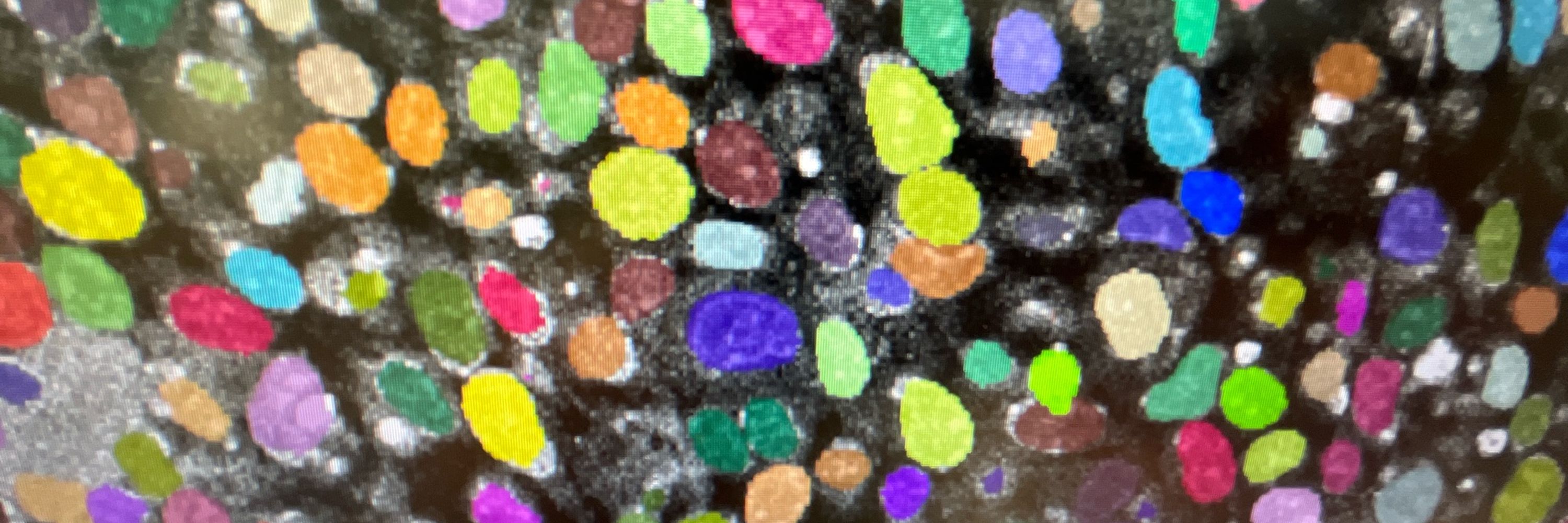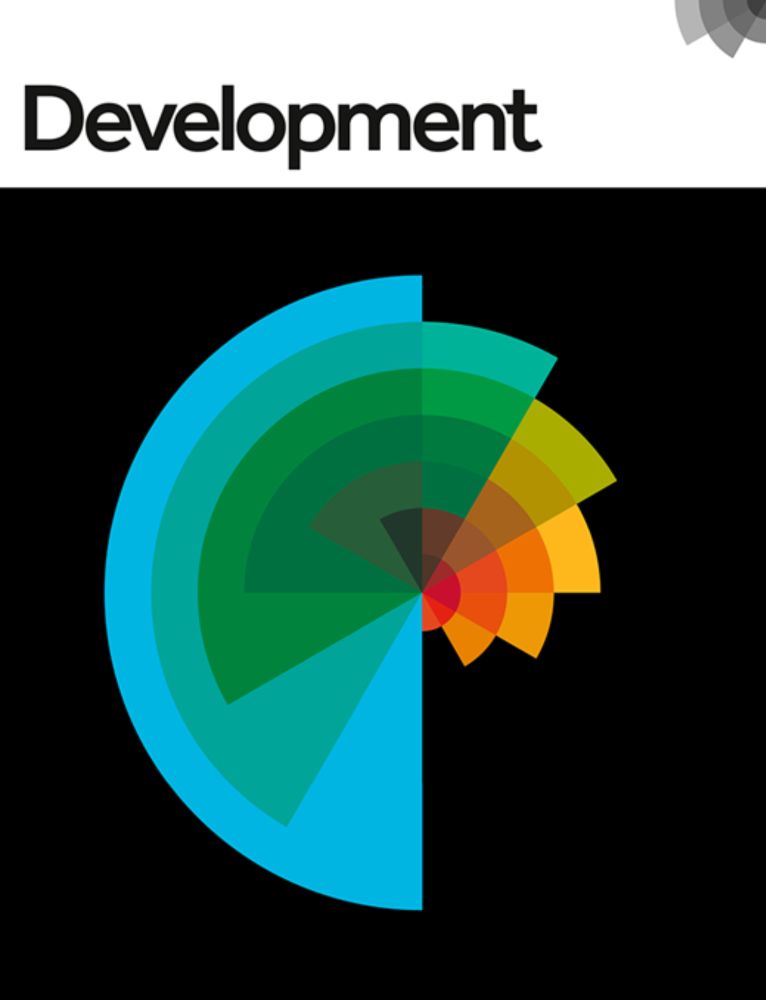Ryan Savill
@cryaaa.bsky.social
87 followers
92 following
16 posts
PhD Student with the Jesse Veenvliet Group at the @mpicbg.bsky.social . Interested in all things Data and 3D bioimage analysis, organoids and development!
Posts
Media
Videos
Starter Packs
Reposted by Ryan Savill
Reposted by Ryan Savill
Ryan Savill
@cryaaa.bsky.social
· May 12
Reposted by Ryan Savill
Reposted by Ryan Savill
Reposted by Ryan Savill











